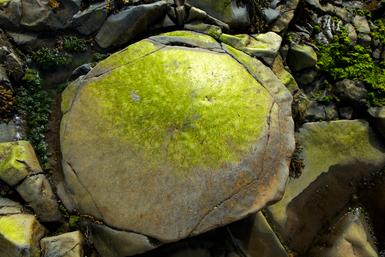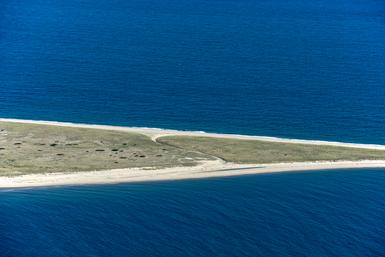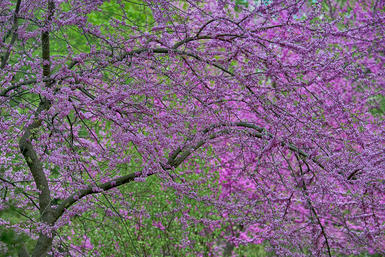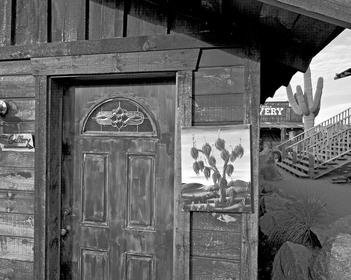Get This
Many of you that read this blog are photographers. And many of you find (I hope) relevance in what I write in relation to your own work. My intention is to share with you experiences and photographs made throughout my career to, yes, increase awareness about my own work, but also to mentor and to teach, if possible. After all, I taught photography for my whole career, some 42 years.
In that vein, let us try to go down a particular path. But first some restrictions. First of all, I am talking about photography made primarily outdoors in the world. Landscape or city, things placed or working spacially, close or far, analog or digital, black and white or color... doesn't matter. Secondly, this is mostly a "thought thing", a conceptual precept based upon an idea that you would carry with you as you make pictures. Not a post production analysis or critical review. Okay? Ground rules established.
My point is this: The picture is what you make it to be. Wait a minute! Has Rantoul lost it? This is such an obvious thing to say that it evokes the classic "duh" response.This is so simple as to be practically imbecilic. But let's look at it a little to see if it makes any sense. Standing in front of something with a camera hand held or on a tripod I've got an infinite number of choices to make about how the picture will be. We do this all the time. I want this in the frame, over there on the edge. I want this to be prominent and in focus. I want this to be darker or lighter. Easy, we're smart and it comes almost naturally, for the most part, if we are a practiced photographer, comfortable with the tool we use and out in the world doing this frequently. But think about it for a second. Those choices, those decisions we make almost intuitively lie at the very core of what we are or try to be as an artist. And, more importantly, they can be changed and modified if we hang onto one very important realization. Photography doesn't give a shit about reality. There, I said it. We know this, of course, but photography is really slippery because it will render things pretty much like what they looked like when standing in front of a subject, all on its own. Actually, that's what most photographs made by amateurs are like.
But shift gears here, please. Work with this fact: The picture is what you make it to be. You are the driver and it takes a very assertive person to make the picture exactly the way you want it to be. You will need to take control over your picture. Cartier-Bresson, Mr. Decisive Moment, would declare that he was like a dancer with a camera; waiting, moving, following, pouncing, running up the stairs, moving back, moving forward. Yes, photography can be sitting there forever waiting for the light to be right but mark my words, it is not a passive activity. There is a predatory quality to making pictures that is required. I believe.
There is another characteristic that comes into play when thinking about "the picture is what you make it to be". And that is the concept of placement, meaning where things are put or arranged in the frame. The choice you make about inclusion or exclusion in your pictures. Critical stuff. Keep it simple, keep it known and a clear decision: I want this there. I don't want this in the frame. Think I am only talking about landscape work? I am not. Take a look at this miracle:

by Garry Winogrand. Standing on the sidewalk, pointing right into the light with shadows creating multiple V's, a clear decision made in a split second. That was Winogrand's genius, the sheer speed at which his brain worked and connected to the shutter button of his camera. Amazing.
We all waffle, equivocate, are unsure about an outcome, have our bad days, get influenced by something useless or that takes us off track. Me and you, we all compromise, hoping, thinking maybe this will work out or be great even though we know it won't. Think about it. How often have you made your best work when in such an indefinite state of mind, unsure of your next step? What is better: to be emphatic and sure or to be ambivalent and indecisive? You are the king of placement, actually. For you know that to move three inches to the right changes everything. You know that to move closer three inches changes everything. Often these differences seem very subtle. But you are the one who has this control, this phenomenal power to bend the outcome of a picture to your will. For you are the driver. Remember this, as though I haven't written it often enough: The picture is what you make it to be.
Thanks for reading my blog.




















